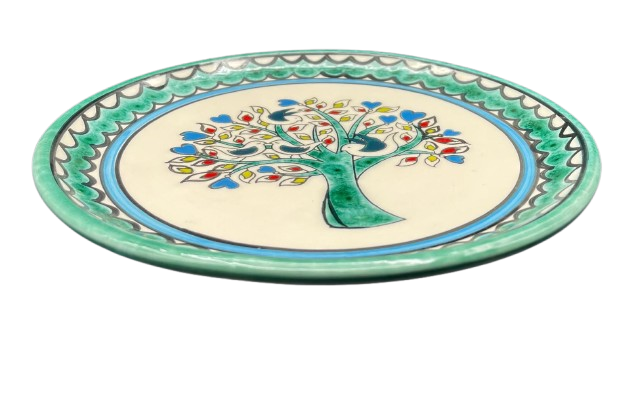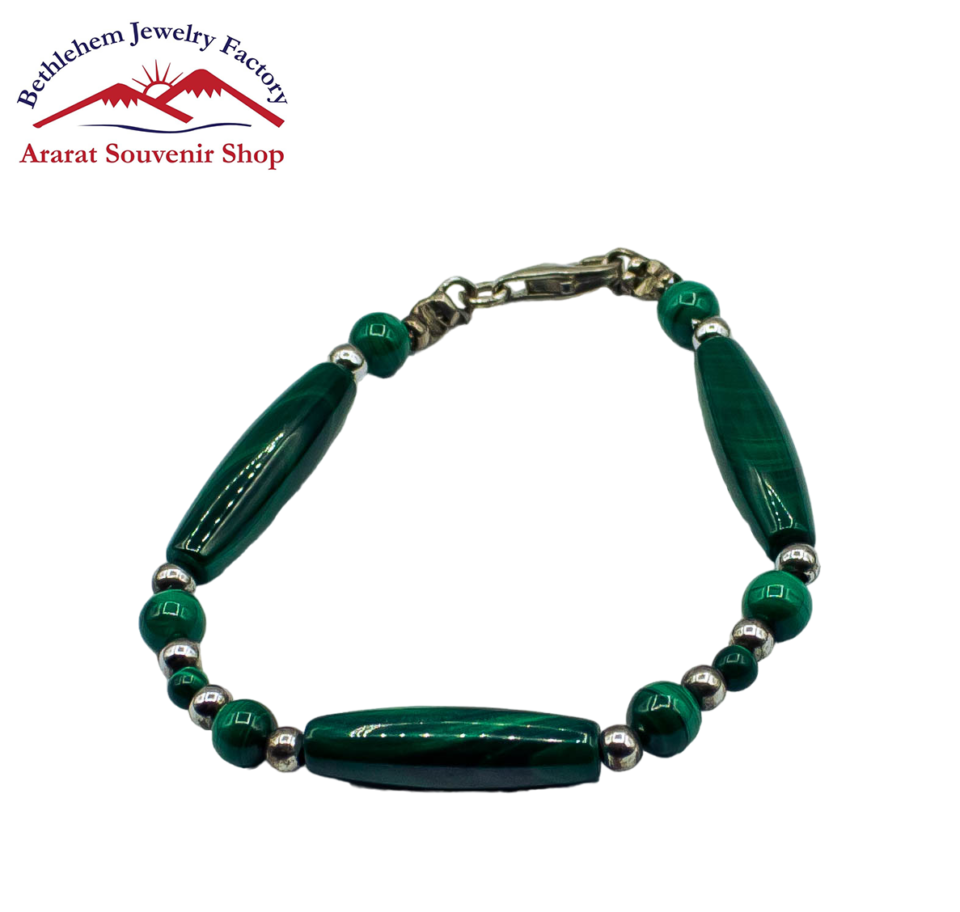Three partitions Nuts Plates
The Timeless Charm of Ceramic Vases
Ceramic vases are among the most cherished items in home decor, celebrated not only for their beauty but also for their versatility and craftsmanship. These artistic creations have been integral to various cultures throughout history, serving as both functional containers and aesthetic focal points. This article explores the history, manufacturing process, diverse styles, practical benefits, and cultural significance of ceramic vases, highlighting why they remain a staple in homes worldwide.
#### A Journey Through History
The story of ceramic vases reaches back thousands of years, tracing its roots to ancient civilizations that discovered clay’s malleability and durability. Early vases were primarily utilitarian, used for storing water, grains, and other commodities. The first-known ceramic pieces originated in East Asia around 20,000 BCE, while the earliest examples of pottery in Europe date back to approximately 29,000 BCE.
As civilizations advanced, so did ceramics. Ancient Egyptians, Greeks, and Chinese artisans began creating not only functional vessels but also decorative pieces that showcased their technical skills and artistic expression. The Greeks are particularly renowned for their elegantly shaped amphorae and kraters, which often featured intricate paintings that depicted mythological stories and daily life. In China, porcelain became highly prized, evolving into exquisite vases that reflected the refinement of Chinese artistry.
During the Middle Ages and Renaissance, ceramics continued to flourish, with techniques such as glazing and firing evolving to enhance both durability and beauty. The invention of kilns allowed for greater control over temperature and firing time, leading to a wider variety of finishes and designs. By the 19th and 20th centuries, the industrial revolution enabled mass production, making ceramic vases more accessible to the public while still allowing for artisanal craftsmanship.
#### The Crafting Process: From Clay to Art
Creating a ceramic vase is a meticulous process that requires skill, patience, and a keen eye for design. The journey begins with sourcing high-quality clay, which can vary in composition depending on the desired finish and texture. Artisans often use stoneware or earthenware, choosing blends that offer unique characteristics.
Once the clay is selected, it’s shaped into the desired form. This can be achieved through various techniques, including wheel throwing, hand-building, or mold making. Wheel throwing allows artisans to create symmetrical shapes, perfect for traditional vases, while hand-building techniques enable unique and organic designs, resulting in one-of-a-kind pieces.
Following shaping, the vase is dried to remove excess moisture before undergoing bisque firing in a kiln. This initial firing solidifies the clay into a durable piece. After cooling, the vase can be glazed to impart color, texture, and a protective surface. Glazing can be a highly creative process, and many artisans choose to apply multiple coats, add patterns or decals, or experiment with different glaze compositions.
The vase undergoes a second firing to set the glaze, resulting in a finished product that is both beautiful and functional. The final piece may exhibit distinct features such as a glossy finish, matte texture, or intricate designs, showcasing the artisan’s creativity and expertise.
#### Diverse Styles of Ceramic Vases
Ceramic vases come in countless styles, shapes, and sizes, allowing them to complement a wide range of decor. Some popular styles include:
1. **Traditional**: Emphasizing classic forms and techniques, traditional ceramic vases often feature ornate designs and historical motifs. These vases can serve as centerpieces in formal settings.
2. **Modern**: Contemporary ceramic vases often embrace minimalism and clean lines. With muted colors and tailored shapes, they effortlessly blend into modern interiors.
3. **Rustic**: Rustic ceramic vases showcase earthy tones and textured surfaces, perfect for farmhouse or bohemian-style decor. Their imperfections add charm and warmth to spaces.
4. **Artisanal**: Unique, handcrafted pieces highlight the creativity of individual artisans, often incorporating mixed materials, innovative shapes, or specific cultural motifs.
5. **Geometric**: With angular forms and bold colors, geometric vases are trendy and striking, making a statement in contemporary spaces.
With such diversity, choosing the ideal ceramic vase allows homeowners to inject personal style and character into their living spaces.
#### Practical Benefits of Ceramic Vases
While ceramic vases are primarily decorative, they offer several practical benefits as well:
– **Durability**: High-quality ceramics are sturdy and resistant to chips and cracks, making them suitable for everyday use.
– **Versatility**: Ceramic vases are adaptable, easily shifting from holding fresh flowers to being standalone decorative pieces. They bring life to shelves, tables, and mantels.
– **Easy Care**: Most ceramic vases are easy to clean and maintain. They can be wiped down or washed as needed, and many are dishwasher-safe, depending on their construction and glaze.
– **Functionality**: Beyond aesthetics, ceramic vases effectively hold water and provide a stable environment for fresh flowers, further enhancing their role in interior decor.
#### Cultural Significance of Ceramic Vases
Ceramic vases play significant roles in various cultural contexts. They often symbolize abundance, beauty, and artistry, appearing in religious ceremonies, festivals, and as gifts. In many Asian cultures, for example, ceramic vases represent harmony and balance, often used in flower arranging as a reflection of nature’s beauty.
Throughout history, ceramic vases have been coveted by collectors and decorators for their craftsmanship and cultural narratives. Some vases become heirlooms, passed down through generations, serving as tangible connections to family history and heritage.
In contemporary contexts, ceramic vases often feature prominently in interior design trends, celebrated for their ability to elevate a space. Home decorators recognize their potential to complement furniture, artwork, and floral arrangements, making them essential items in home styling.
#### Conclusion: The Enduring Allure of Ceramic Vases
In conclusion, ceramic vases embody a unique blend of artistry, functionality, and cultural significance, making them timeless additions to any home. With a rich history spanning millennia, diverse styles to cater to varying tastes, and practical benefits that enhance their appeal, ceramic vases remain beloved by artists, decorators, and collectors alike.
As we embrace the artistry completed by skilled artisans, we appreciate the narrative each vase carries, reflecting our personal tastes and the collective history of ceramic craftsmanship. Whether displayed solo or filled with fresh flowers, ceramic vases offer a beautiful balance of form and function, enriching our living spaces and celebrating the artistry of everyday life. Investing in a quality ceramic vase is not merely about home decor; it’s about cherishing a piece of history and artistry that brings beauty into our lives.






Reviews
There are no reviews yet.